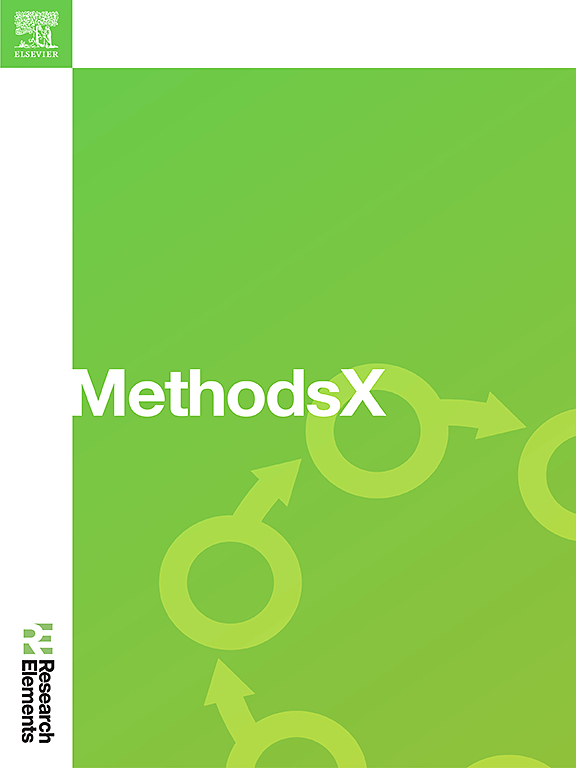A polyphasic method for the characterization of epiphytic diatoms growing on Gelidium corneum
IF 1.6
Q2 MULTIDISCIPLINARY SCIENCES
引用次数: 0
Abstract
Epiphytic diatoms associated with marine macroalgae play vital ecological roles in nutrient cycling and primary production, yet their study remains limited due to the lack of standardized methodologies. This study focuses on diatom communities growing on Gelidium corneum, a key red alga in the Cantabrian coast (Spain). Samples were collected from two depths along the northern coast of Spain and processed using both morphological and molecular approaches. Morphological analysis involved diatom frustule preparation using hydrogen peroxide digestion, acid treatments, and permanent slide mounting, enabling identification through light microscopy. Molecular analysis employed DNA extraction and rbcL marker-based metabarcoding, allowing detailed taxonomic characterization. Results highlight the efficacy of combining morphological and molecular techniques to overcome the limitations of either approach individually. By standardizing procedures, we enhance the reproducibility and comparability of studies focused on diatom epiphytes. Our results highlight the ecological significance of diatom-macroalgal interactions and provide a framework for future investigations into these essential but underexplored communities.
- •A polyphasic method was developed for studying epiphytic diatoms on Gelidium corneum, combining morphological and molecular tools.
- •The approach overcomes challenges in diatom characterization, including intricate host morphology and cryptic species identification.
- •Standardized protocols enhance reproducibility and offer insights into diatom-macroalgal ecological interactions.

求助全文
约1分钟内获得全文
求助全文
来源期刊

MethodsX
Health Professions-Medical Laboratory Technology
CiteScore
3.60
自引率
5.30%
发文量
314
审稿时长
7 weeks
期刊介绍:
 求助内容:
求助内容: 应助结果提醒方式:
应助结果提醒方式:


